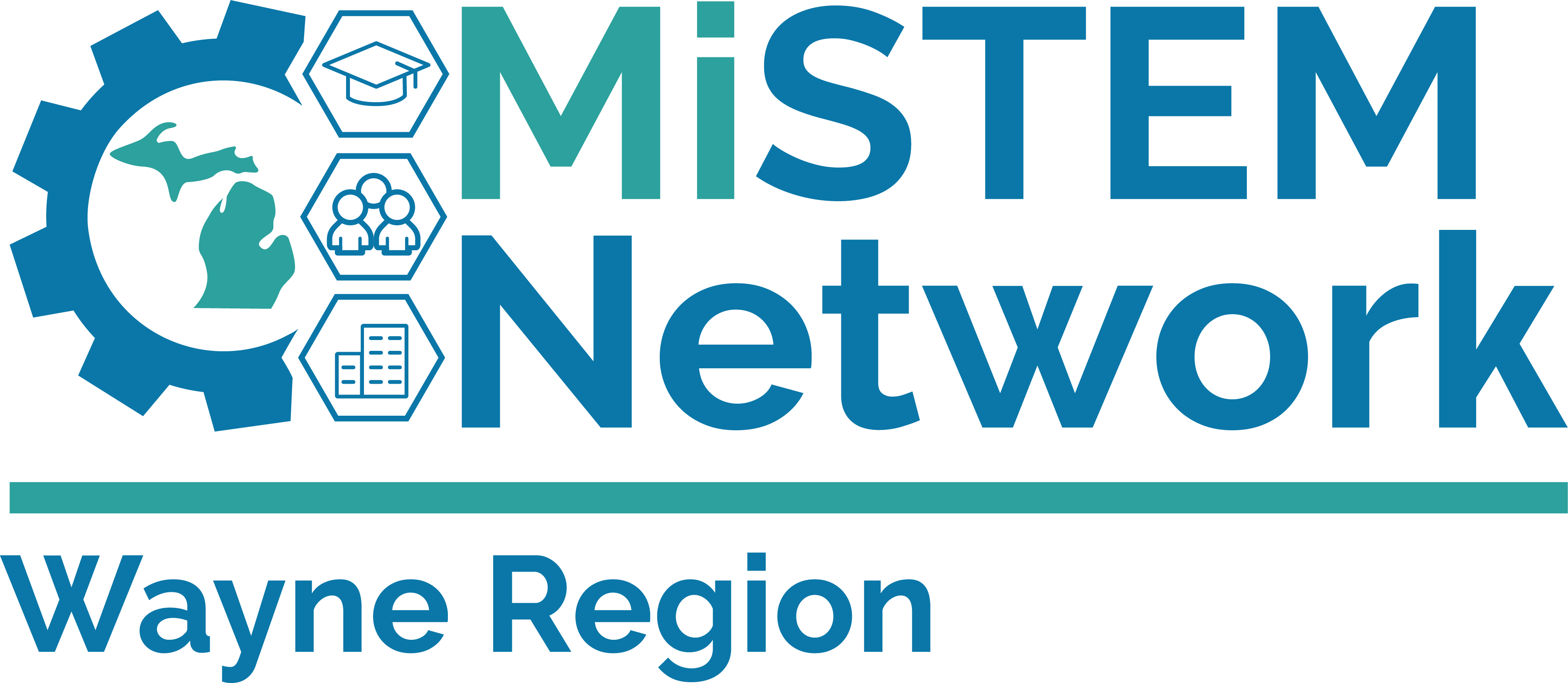Fifth Grade: Earth’s Systems
Talking Science Through Texts > Fifth Grade > Earth’s Systems
Driving Question: How much water can be found in different places on Earth?
Fifth Grade Crosscutting Concepts
Select a concept to learn more.

Systems and System Models
A system can be described in terms of its components and their interactions.
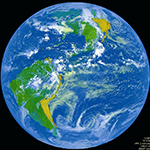
Scale, Proportion & Quantity
Standard units are used to measure and describe physical quantities such as weight and volume.

Energy and Matter
Matter is transported into, out of, and within systems.
Talking Science: Crosscutting Concepts to Support Comprehension
Crosscutting concepts have application across all domains of science. As such, they are a way of linking the different domains of science. They include patterns; cause and effect; scale, proportion, and quantity; systems and system models; energy and matter; structure and function; and stability and change. The Framework emphasizes that these concepts need to be made explicit for students because they provide an organizational schema for interrelating knowledge from various science fields into a coherent and scientifically based view of the world.
Suggested Read Aloud Texts
Choose a text to view its read aloud guide.
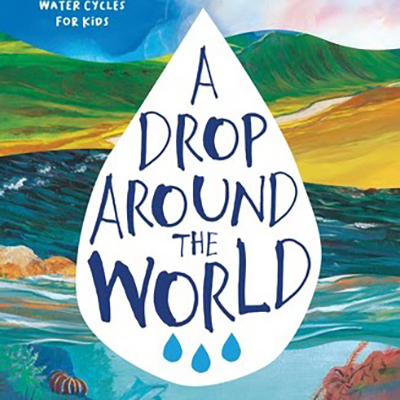
A Drop Around the World
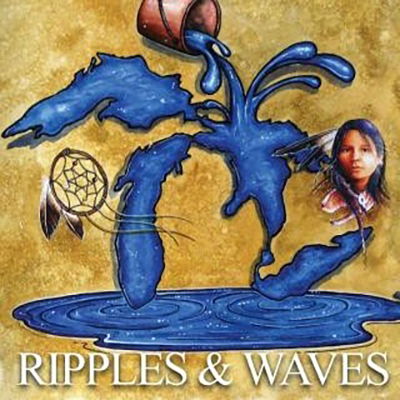
Walking Lake Huron
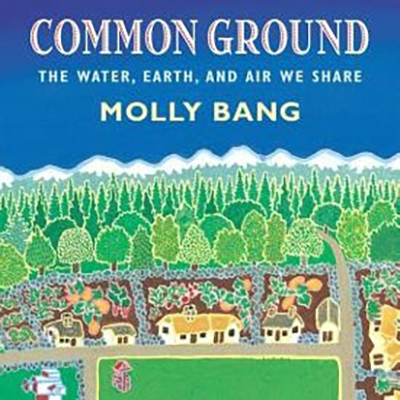
Common Ground
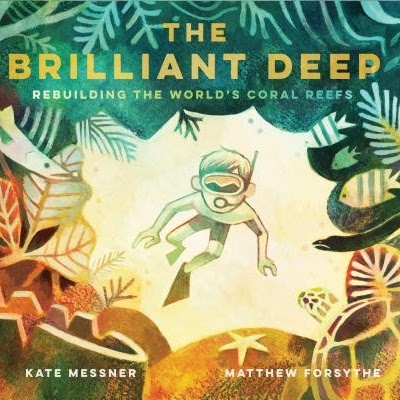
The Brilliant Deep
Talking Science: Formative Assessment Probes
Extend the discussion of these books using the suggested prompts from the Uncovering Student Ideas in Science Series from Page Keeley and NSTA.
- 5-ESS2-1
- #21 Wet Jeans, USI Volume 1, 2nd Ed., p. 167
- #20 What are Clouds Made of? (USI Vol3) p. 155
- #22 Rainfall (USI Vol3) p. 171
- 5-ESS2-2
- #4 Where is Most of The Fresh Water (USI ESS) p. 29
- #5 Groundwater (USI ESS) p. 33
- #8 Water Cycle Diagram (USI ESS) p. 49
- #23 How Do Rivers Form? (USI ESS) p. 117
- 5-ESS3-1
- #30 What is a Watershed? (USI ESS) p. 155
- #31 Is Nature Better (USI ESS) p. 161





